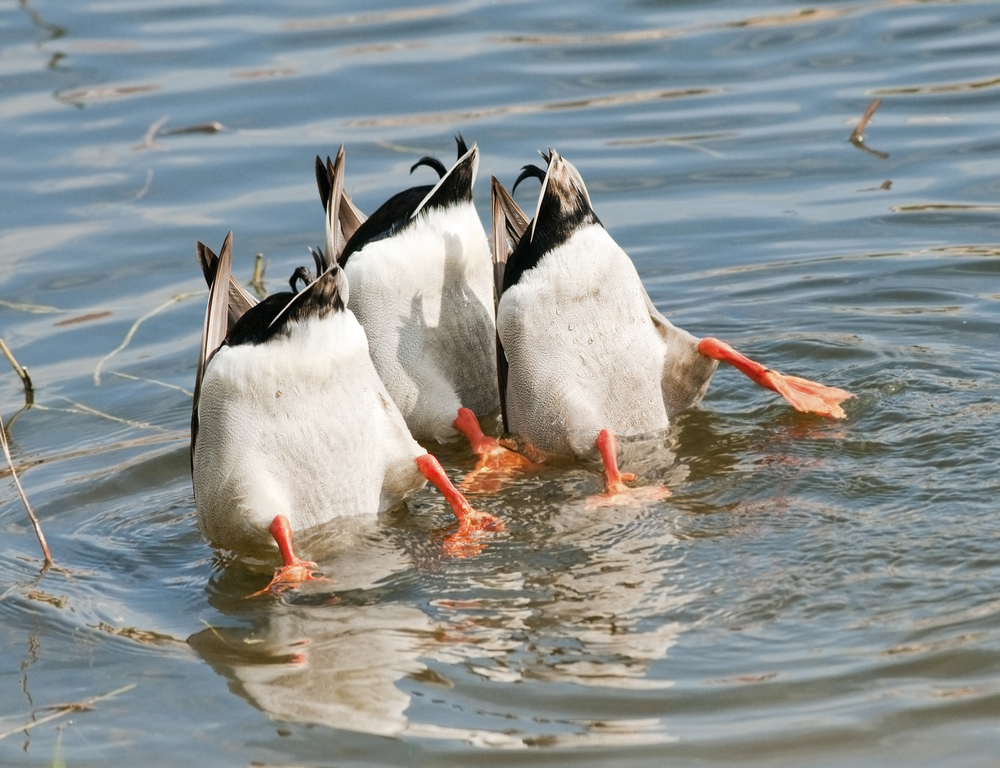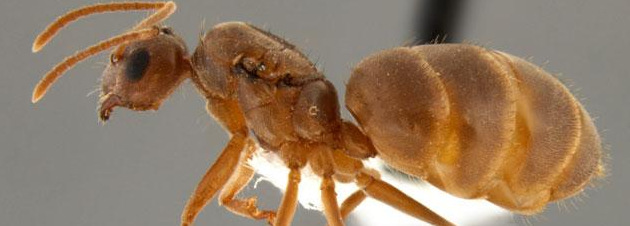Waterfowl Invasion
Ducking Ducks and Geese
If you find waterfowl descending upon your property twice a year, you are not alone. There are thousands of multifamily properties just like you that are unfortunate enough to rest along waterfowl flyways. You are not alone. We are here to help. Unless you’re a hunter, you probably didn’t notice the release of the 2015 […]

